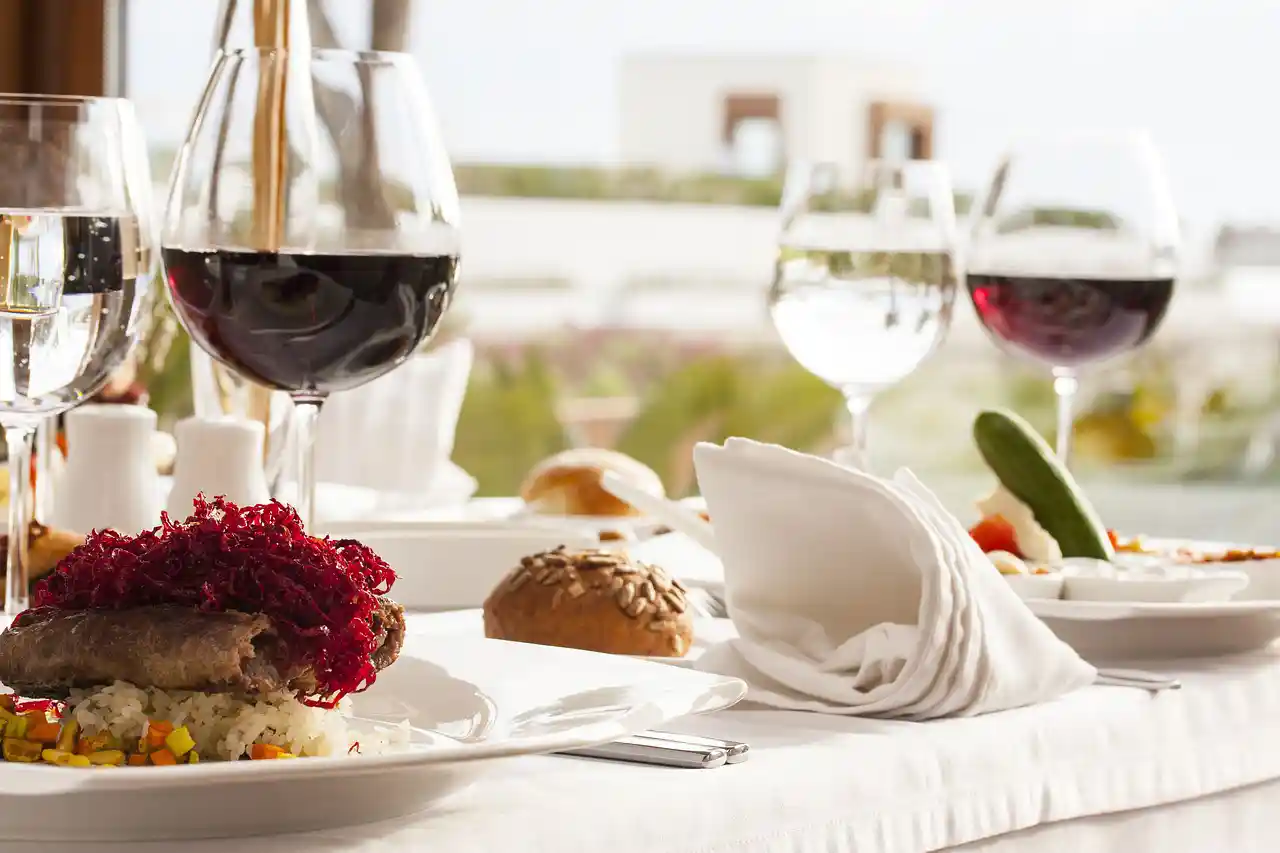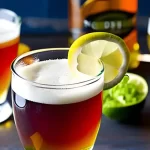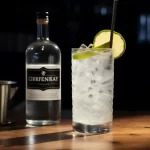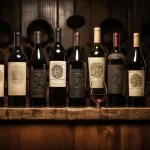Wine and food pairing is an art that has been perfected over time. A good pairing enhances the taste of both the wine and the food, making them more enjoyable. The perfect pairing creates a harmonious balance between the flavors and aromas of the wine and the dish. In this article, we will explore the best wine and food pairings to help you create an unforgettable culinary experience.
1. Understanding the Basics of Wine and Food Pairing
Before we delve into the best wine and food pairings, it is essential to understand the basics of wine and food pairing. The general rule of thumb is to pair red wine with red meat and white wine with white meat. However, this is not always the case, and several other factors need to be considered, such as the wine’s acidity, body, and tannins, and the dish’s flavor profile.
2. Best Wine and Food Pairings
2.1. Chardonnay and Seafood
Chardonnay is a versatile wine that pairs well with a variety of seafood dishes. Its crisp acidity and buttery texture complement the delicate flavors of seafood. Chardonnay’s citrus notes also pair well with dishes that have a tangy or citrusy flavor profile.
2.2. Pinot Noir and Mushrooms
Pinot Noir‘s earthy and fruity notes make it an excellent pairing for mushroom-based dishes. Its light to medium body and low tannins do not overpower the delicate flavors of the mushrooms.
2.3. Cabernet Sauvignon and Steak
Cabernet Sauvignon is a full-bodied wine with high tannins that pairs well with red meat. Its bold flavors and rich tannins complement the rich and savory flavors of a perfectly cooked steak.
2.4. Sauvignon Blanc and Goat Cheese
Sauvignon Blanc‘s high acidity and herbal notes make it an excellent pairing for goat cheese. Its crisp acidity cuts through the creamy and tangy flavors of the cheese, creating a harmonious balance.
2.5. Merlot and Pizza
Merlot‘s medium to full body and low tannins make it an excellent pairing for pizza. Its fruity and spicy notes complement the tomato sauce and the cheese, enhancing the overall flavor profile of the dish.
2.6. Syrah and Barbecue
Syrah’s bold and spicy flavors make it an excellent pairing for barbecue dishes. Its full body and high tannins can stand up to the bold and smoky flavors of the meat, creating a harmonious balance.
2.7. Riesling and Spicy Asian Dishes
Riesling‘s sweetness and acidity make it an excellent pairing for spicy Asian dishes. Its sweetness can counteract the heat of the spices, while its acidity can cut through the richness of the sauces.
2.8. Zinfandel and Barbecue Chicken
Zinfandel‘s bold and fruity flavors make it an excellent pairing for barbecue chicken. Its high alcohol content can stand up to the rich and tangy flavors of the barbecue sauce, creating a perfect balance.
2.9. Malbec and Grilled Meat
Malbec’s medium to full body and bold flavors make it an excellent pairing for grilled meat. Its high tannins can stand up to the rich and smoky flavors of the meat, creating a harmonious balance.
2.10. Sparkling Wine and Appetizers
Sparkling wine‘s acidity and effervescence make it an excellent pairing for appetizers. Its crisp acidity can cut through the rich and creamy flavors of dips and spreads, while its effervescence can cleanse the palate between bites.
3. Tips for Perfect Wine and Food Pairing
Pairing wine and food is not an exact science, but there are some tips that can help you achieve the perfect pairing.
3.1. Match Intensity
Pair wine and food with similar intensities. A light-bodied wine may be overpowered by a heavy dish, while a full-bodied wine may overpower a delicate dish.
3.2. Consider the Sauce
Consider the sauce when pairing wine and food. A red wine may pair well with a tomato-based sauce, while a white wine may pair well with a cream-based sauce.
3.3. Consider the Cooking Method
Consider the cooking method when pairing wine and food. Grilled or roasted dishes may pair well with a full-bodied red wine, while poached or steamed dishes may pair well with a light-bodied white wine.
3.4. Don’t Forget About Dessert
Desserts can also be paired with wine. A sweet dessert may pair well with a sweet dessert wine, such as a late harvest Riesling or a port.
4. Common Wine and Food Pairing Mistakes
There are some common wine and food pairing mistakes that you should avoid.
4.1. Ignoring the Wine’s Characteristics
Ignoring the wine’s characteristics can lead to a bad pairing. For example, pairing a full-bodied red wine with a delicate fish dish can result in an overwhelming taste.
4.2. Matching Wine and Food Based on Color Alone
Matching wine and food based on color alone can lead to a bad pairing. For example, pairing a white wine with a white meat dish may not result in a harmonious balance if the wine’s characteristics do not complement the dish.
4.3. Serving Wine at the Wrong Temperature
Serving wine at the wrong temperature can also lead to a bad pairing. For example, serving a red wine too warm can accentuate its tannins and make it taste bitter.
5. Conclusion
Wine and food pairing is an art that can enhance your culinary experience. Understanding the basics of wine and food pairing and following some tips can help you achieve the perfect pairing. Avoiding common wine and food pairing mistakes can also lead to a harmonious balance between the flavors and aromas of the wine and the dish.
6. FAQs
6.1. What is the general rule of thumb for wine and food pairing?
The general rule of thumb is to pair red wine with red meat and white wine with white meat. However, several other factors need to be considered, such as the wine’s acidity, body, and tannins, and the dish’s flavor profile.
6.2. Can wine be paired with desserts?
Yes, desserts can also be paired with wine. A sweet dessert may pair well with a sweet dessert wine, such as a late harvest Riesling or a port.
6.3. What is the most common wine and food pairing mistake?
Ignoring the wine’s characteristics can lead to a bad pairing. For example, pairing a full-bodied red wine with a delicate fish dish can result in an overwhelming taste.
6.4. What is the best wine and food pairing?
The best wine and food pairing is subjective and depends on personal taste preferences. However, some popular pairings include Chardonnay and seafood, Cabernet Sauvignon and steak, and Riesling and spicy Asian dishes.
6.5. What is the importance of serving wine at the right temperature?
Serving wine at the right temperature can enhance its flavor and aroma. Serving a red wine too warm can accentuate its tannins and make it taste bitter, while serving a white wine too cold can mask its delicate flavors and aromas. It is recommended to serve red wine at room temperature or slightly below, and white wine at a cooler temperature between 45-55°F (7-13°C).









